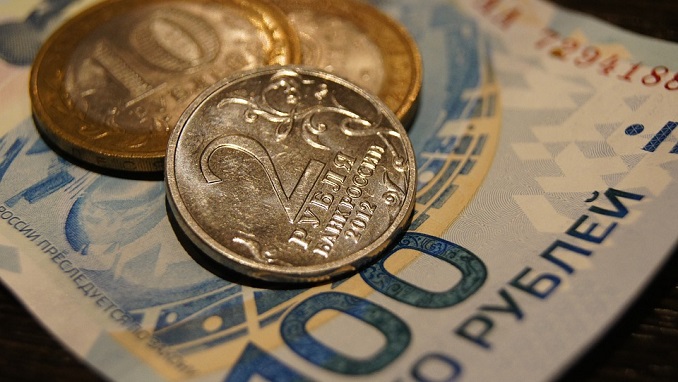Almost 40 million Russians, or 54% of the country’s workforce, are paying off loans to banks, the highest figure since 2012, the Bank of Russia (CBR) has said, according to Komsomolskaya Pravda.
The head of the financial stability department of the CBR, Elizaveta Danilova, said speaking at the conference “Lending 2020: Challenges and New Opportunities” that total household debt in Russia has hit an all-time high and reached 10.6% as of October 1.
According to Danilova’s presentation, the bulk of Russians’ debt this year was formed due to consumer lending, and was not secured. That is, people just take money “for life”, and it remains to be seen whether they will be able to service payments. Such a credit, called “zhor”, is due to the fact that since the beginning of this year, banks have softened the conditions for issuing loans.
The dynamics of household debt (the ratio of monthly debt payments to monthly income of borrowers) is largely due to the growth of unsecured consumer lending, the presentation says.
For example, household debt on unsecured loans in Russia also hit a new high as of October 2019 reaching 8.9%, which is the highest level since January 2015.
An increase in home loan payments also contributed to total debt load dynamics, Danilova explained. “The total (debt load dynamics) rose in the period due to an increase in home loan (payments). Now it is stable,” she said.
The CBR projects that debt load may decline in the fourth quarter of this year as growth rates of new loans’ extension slow down and interest rates subside. Moreover, Danilova noted that the Central Bank maintains its consumer lending growth outlook for 2020 at 10%.
The regulator introduced surcharges on risk ratios depending on the level of debt load and full loan value starting October 1, 2019. The measure is aimed at mitigating risks related to household debt load.












